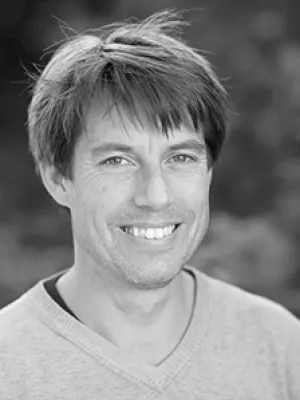Planning for 1000 Years : The Råängen Experiment
Author
-
Peter Pelzer
-
Roger Hildingsson
-
Alice Herrström
-
Johannes Stripple
Summary, in English
While traditional forms of urban planning are oriented towards the future, the recent turn towards experimental and challenge-led urban developments is characterized by an overarching presentism. We explore in this article how an experimental approach to urban planning can consider the long-term through setting-up ‘conversations with a future situation.’ In doing so, we draw on a unique experiment: Råängen, a piece of farmland in Lund (Sweden) owned by the Cathedral. The plot is part of Brunnshög, a large urban development program envisioned to accommodate homes, workspaces, and world-class research centers in the coming decades. We trace how Lund Cathedral became an unusual developer involved in ‘planning for thousand years,’ deployed a set of art commissions to allow reflections about values, belief, time, faith, and became committed to play a central role in the development process. The art interventions staged conversations with involved actors as well as publics geographically and temporally far away. The Råängen case illustrates how long-term futures can be fruitfully brought to the present through multiple means of imagination. A key insight for urban planning is how techniques of financial discounting and municipal zoning plans could be complemented with trust in reflective conversations in which questions are prioritized over answers.



